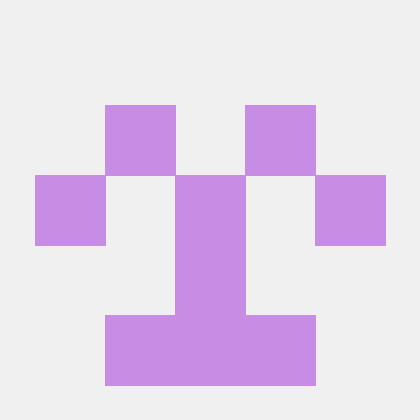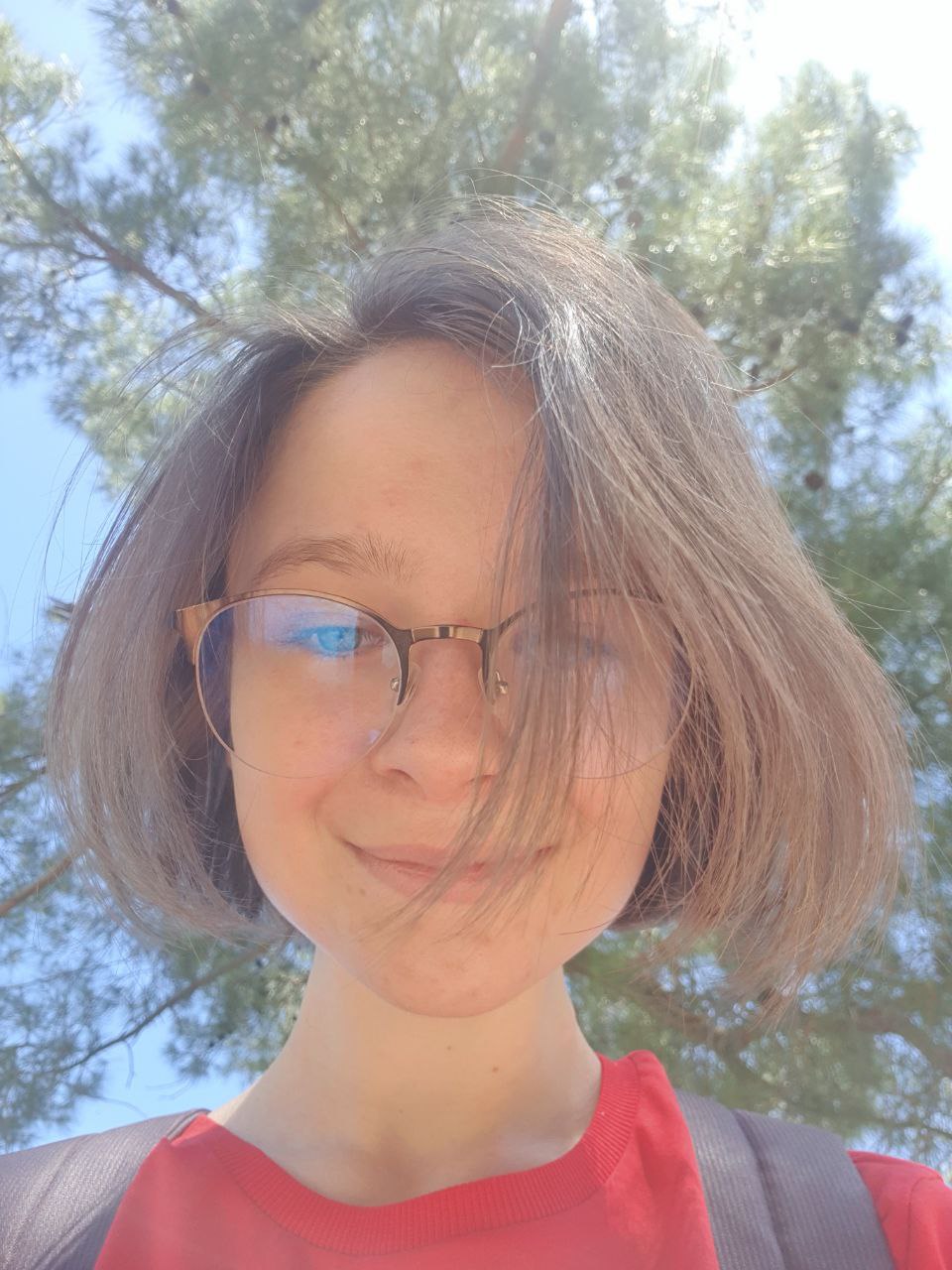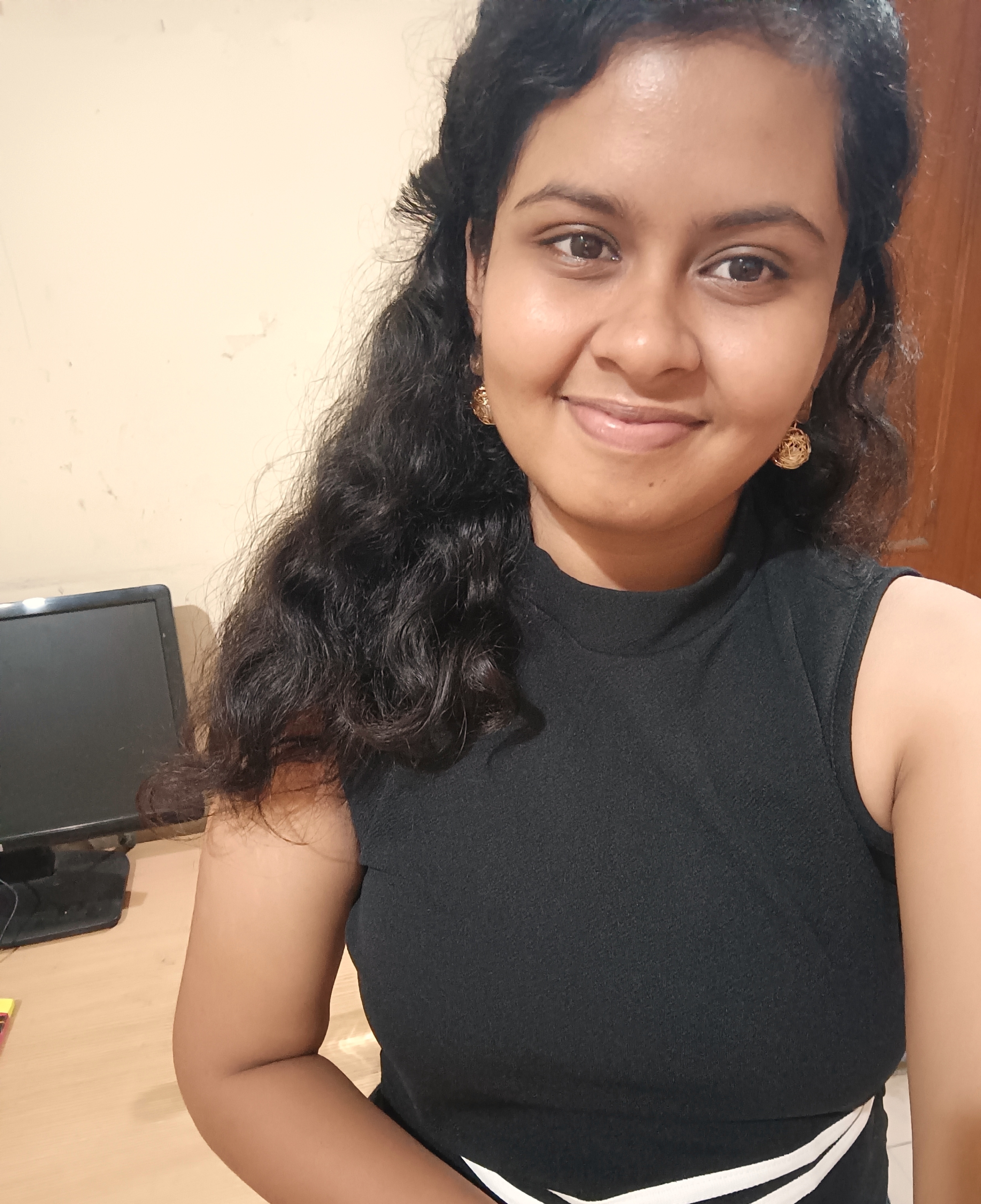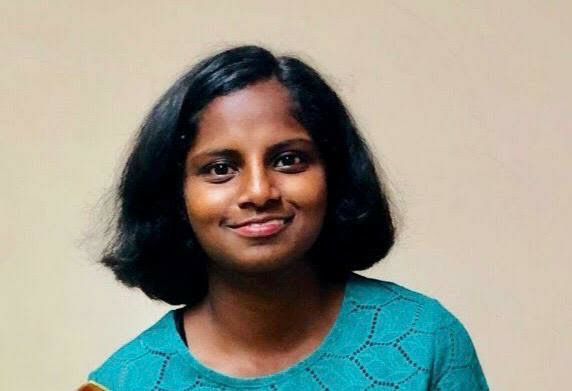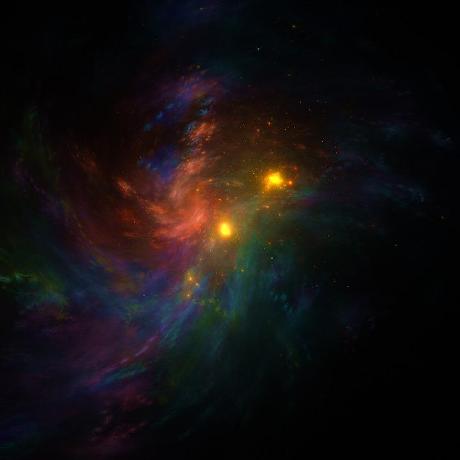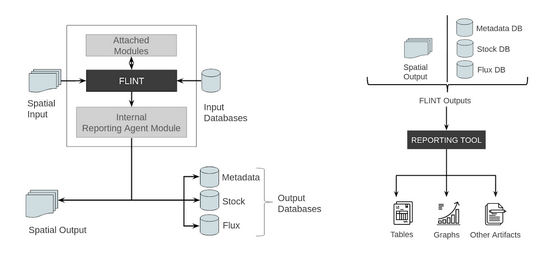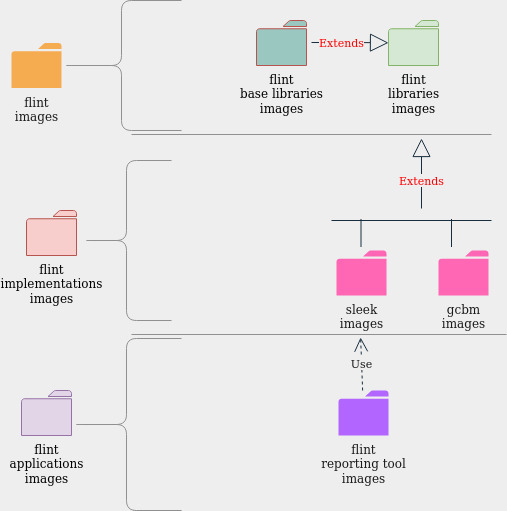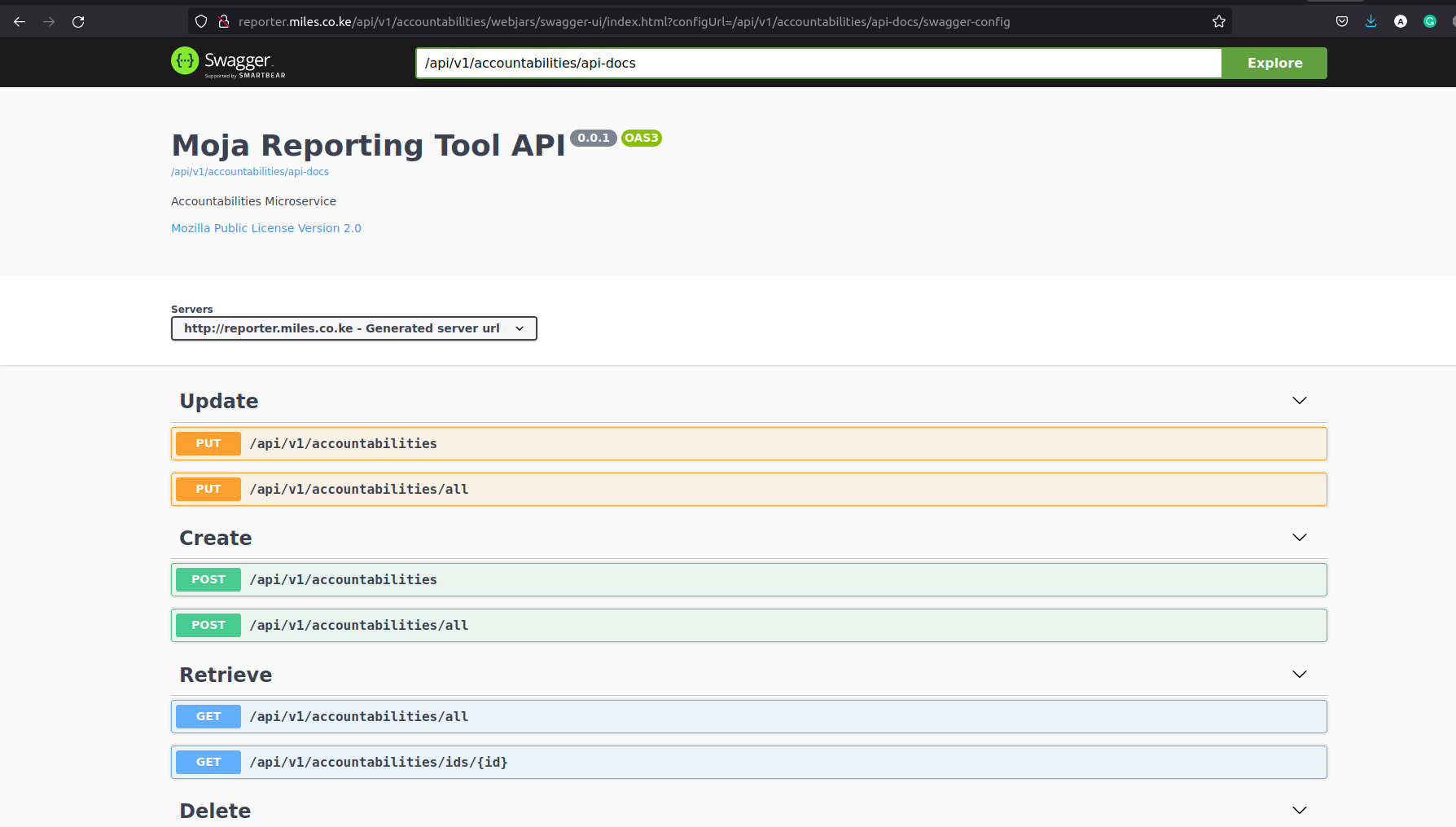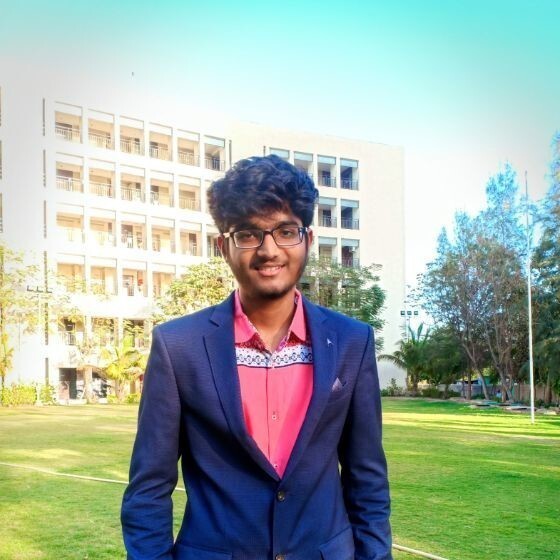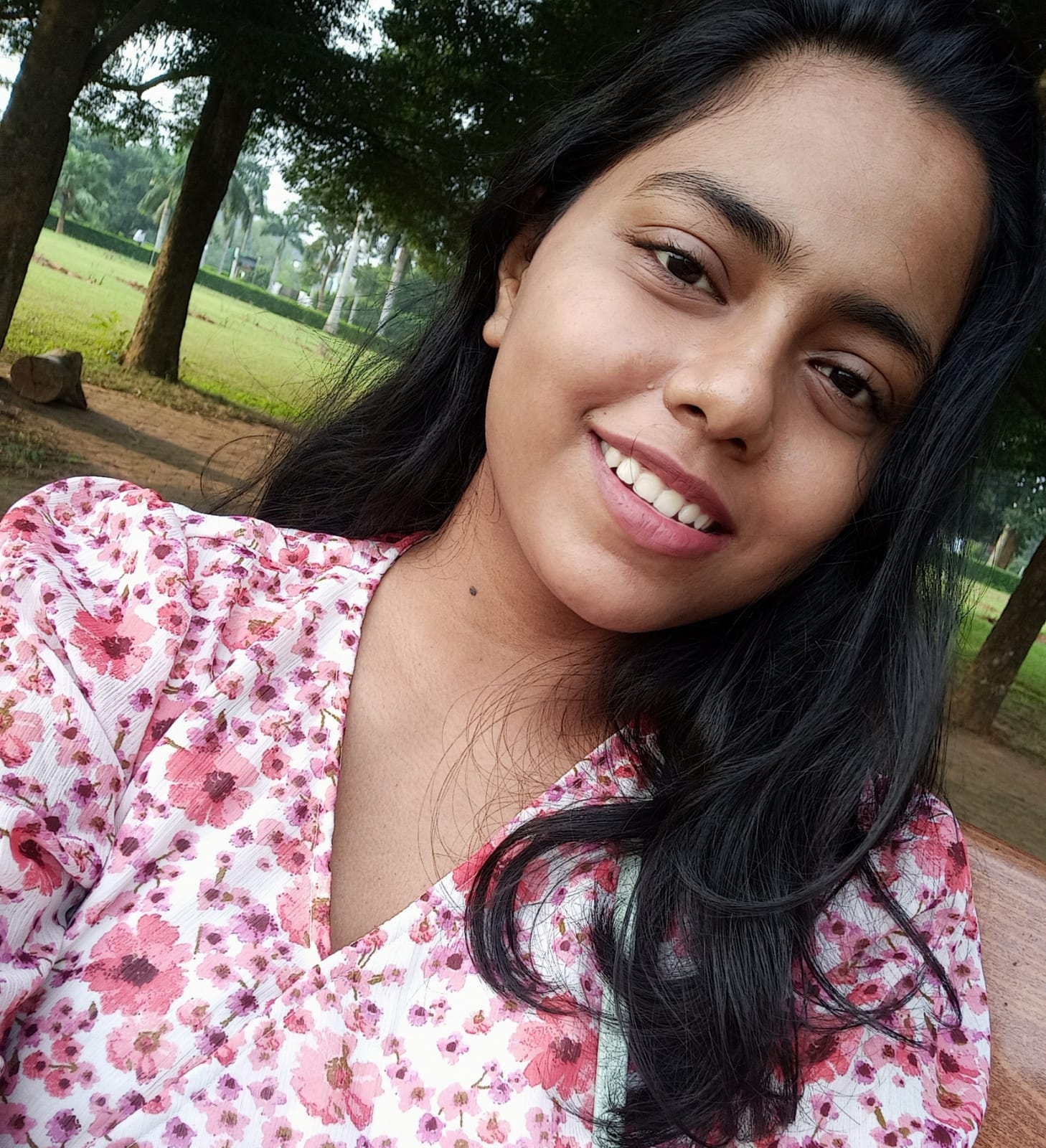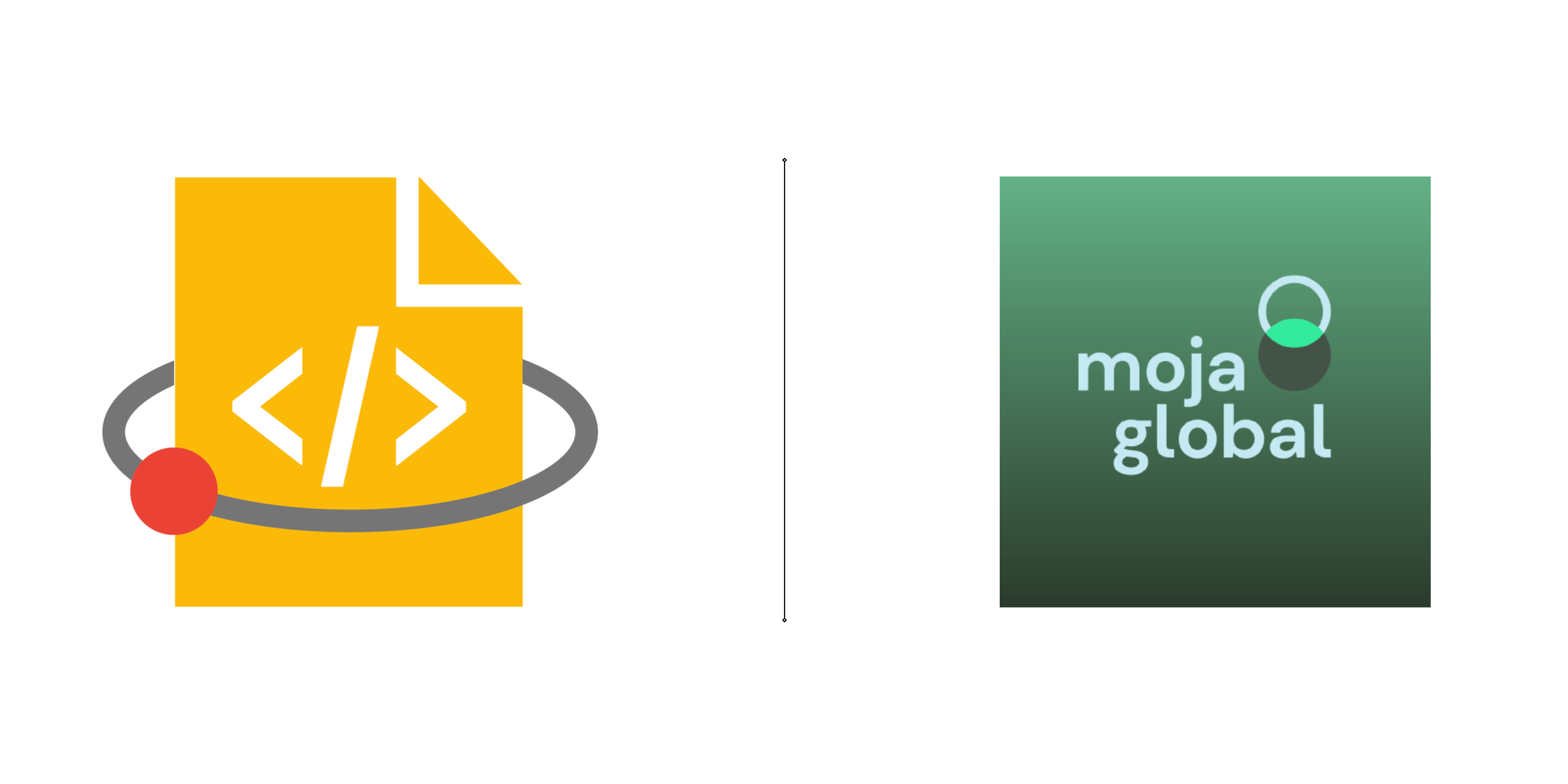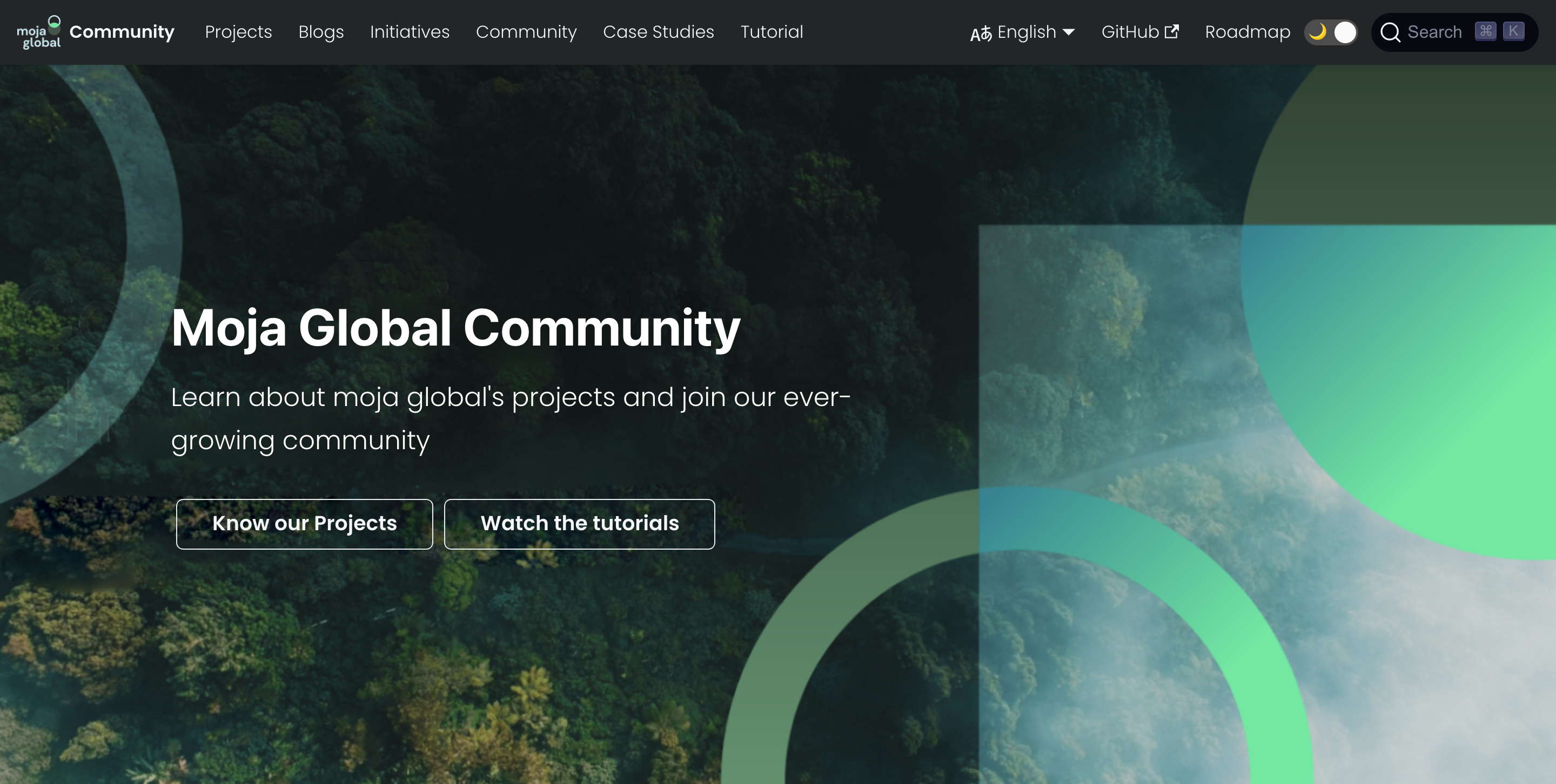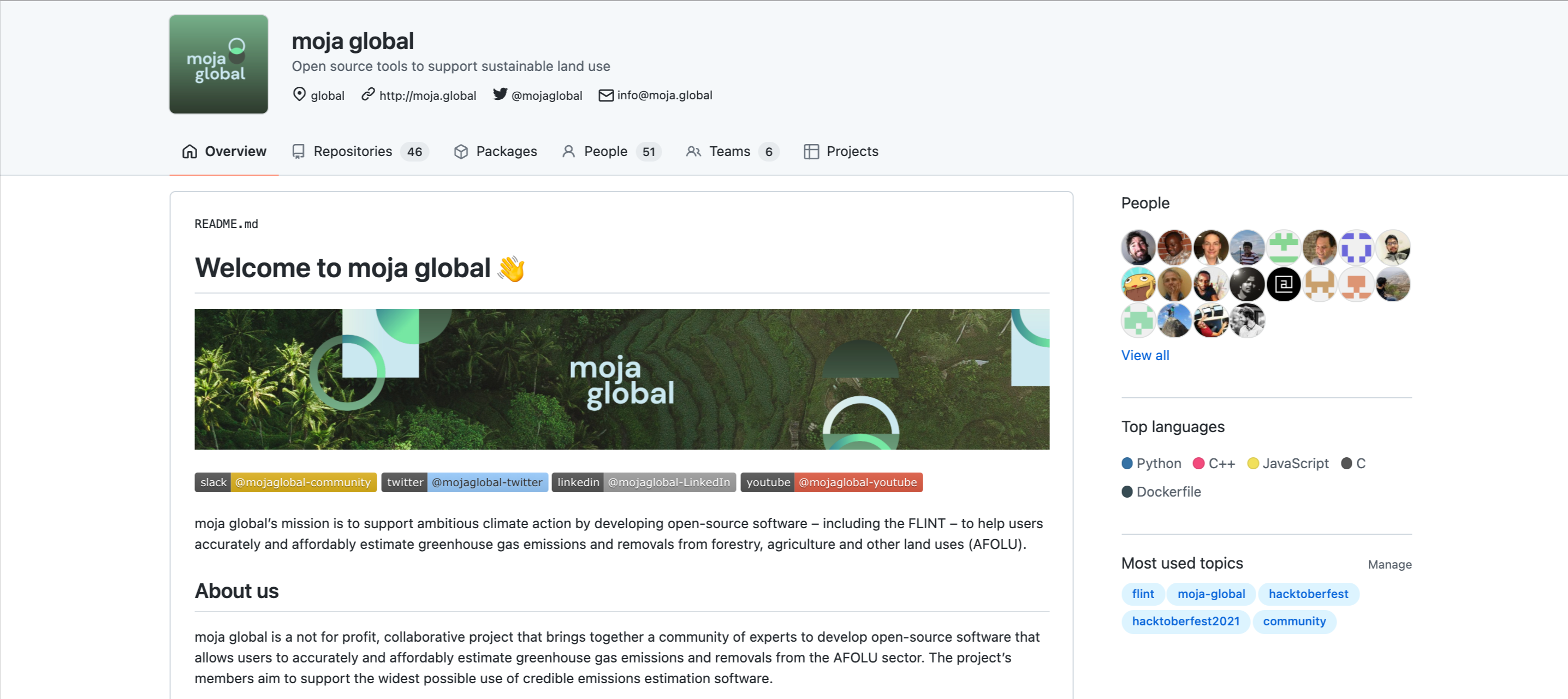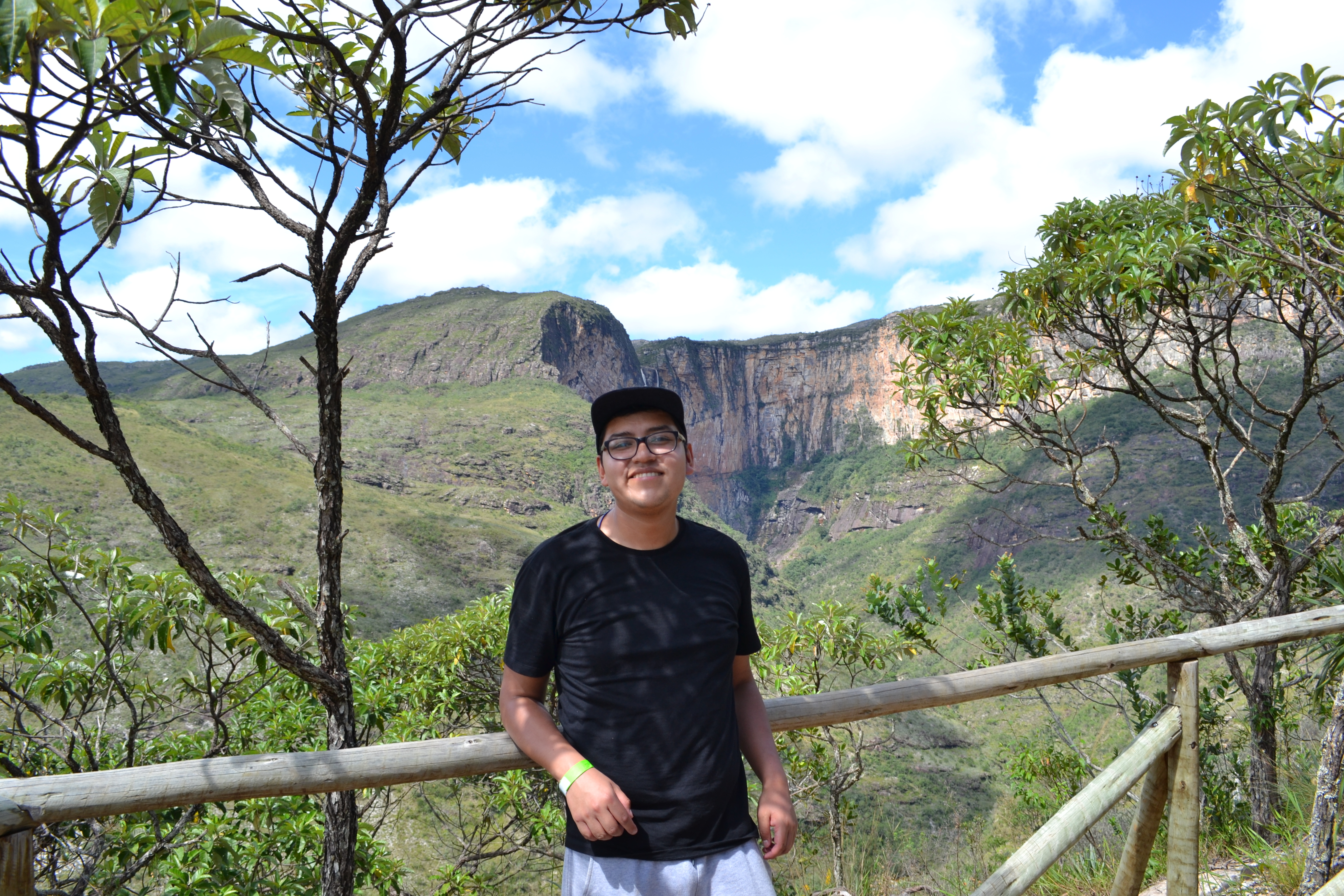Yash Kandalkar, Radis Toubalidis and Palak Sharma are GSoC mentees for the year 2022.
Yash is working on building the GCBM Simulation Editor with the motive of simplifying the process of running the GCBM simulation and allowing users to configure the inputs supplied. Running a simulation broadly consists of - creating a new simulation, uploading inputs, running the simulation and downloading the output on completion. FLINT UI is the frontend interface, while the backend is powered by FLINT.Cloud APIs. For each of the above mentioned steps, there are API endpoints. In the initial phase, Yash migrated all the libraries used in the FLINT UI project to their Vue 3 compatible versions. On completion he started developing the UI components for creating a new simulation and uploading input files. Currently, the inputs are - classifiers, input database and disturbances (not mandatory). Classifiers and Disturbances are supplied as tiff files, the input database is a SQL database. The JSON associated with the tiff files are generated at the backend. Yash worked on making UI components for configuring parameters like Local Domain, Modules, Pools, etc. present in the generated JSON files. The next step is to complete the UI development and API integration for the further stages of the simulation.
Radis is working on the project MLOps for reproducible science.The goal of this project is to streamline the workflow of data scientists on the FLINT.Cloud project by leveraging the combined potential of Data version control (DVC) and Continuous Machine Learning (CML). He is working on integrating a CML Action for FLINT.Cloud that runs the whole simulation workflow. The action runs whenever a new pull request is raised to the FLINT.Cloud repository with specific labels (i.e. run-simulation). The action helps to report if a particular simulation was complete. After a simulation ends, a python script retrieves the log files created from the moja.cli tool and uploads them on git as an artifact. A python script included in the Compile Results repository generates the output database, compiled_gcbm_output.db, on which SQL queries are run to provide information on the simulation's output. Along with that, plots and visualisations can be created. These inferences and plots will be published as a comment to the pull request.
Radis is also building a DVC Pipeline for GCBM.Belize that divides each step of the workflow. In this case, DVC not only provides a blueprint to organize the workflow but also offers the ability to determine the dependencies and outputs of each step of the workflow.
The DVC pipeline for GCBM.Belize consists of 12 stages. In each stage, the following information is to be defined :
Command that is going to be run in a particular stage
Working directory from which the command will run
Dependencies of a stage (i.e. the files that are affected from the command )
Outputs of the command which can be any file that is created but also DVC gives us the ability to define outputs as metrics files (json format) or plots files.On every stage of the pipeline DVC tracks the dependencies and outputs using md5 hashes (dvc.lock). There is also an option to setup remote storage (e.g. Google Drive, AWS, etc) and store the outputs of each stage there.
The main stages are :
tiler→ defines the spatial layers needed for the simulationrecliner2gcbm→ creates the input database
(3,4,5,6,7) → add_species_vol_to_bio , modify_root_parameters, modify_decay_parameters, modify_turnover_parameters, modify_spinup_parameters, apply preprocessing to the input_database to fit better for the Belize case.
update_GCBM_configuration→ updates the simulation configuration based on the contents of the /Standalone_GCBM/templaterun_gcbm→ runs the simulationcreate_tiffs→ generates the compiled spatial outputcompile_results→ generates the output database, a more user-friendly format to show the output resultspost_processing→ which creates the 3 figures that showcase the distribution of the four unique indicators throughout the simulation as well as with the different configurations (i.e. with the default parameters or the modified parameters. It also generates the metrics files which calculate the mean values of 3 different metrics of carbon stock divided in 3 periods (1 period = 50 years) for every type of indicator and every type of LifeZone.
Palak Sharma is working on the project Building UI Library for Moja Global with the motive of creating an intuitive, consistent, and easy-to-use interface that can help developers within the User-Interface working group and users to quickly accomplish their tasks. A centralized collection of components encompassing the color, branding of moja global, typography, spacing, buttons, modals and form which will help establish a unified and consistent design language to help contributors and users. A new repository has been created for the UI library. After creating prototypes of the UI library on Figma, Palak started working on the implementation. It was decided that pure CSS will be used for building the UI library. The existing codebase in the FLINT UI repository was migrated from Vue JS version 2 to version 3. She worked on adding the Storybook Setup in the official UI Library repository to demonstrate the components better and also to document the code for using the UI Library. To make it easy for new developers, the usage and functionalities of the UI library will be documented. Palak and other contributors have added fully customizable Dropdown, Alert, Button, Card, Datepicker, and Sponsors components successfully to the project and other components like Modal, Footer, Navbar, Toggle, Slider, and Accordion components are under review.
